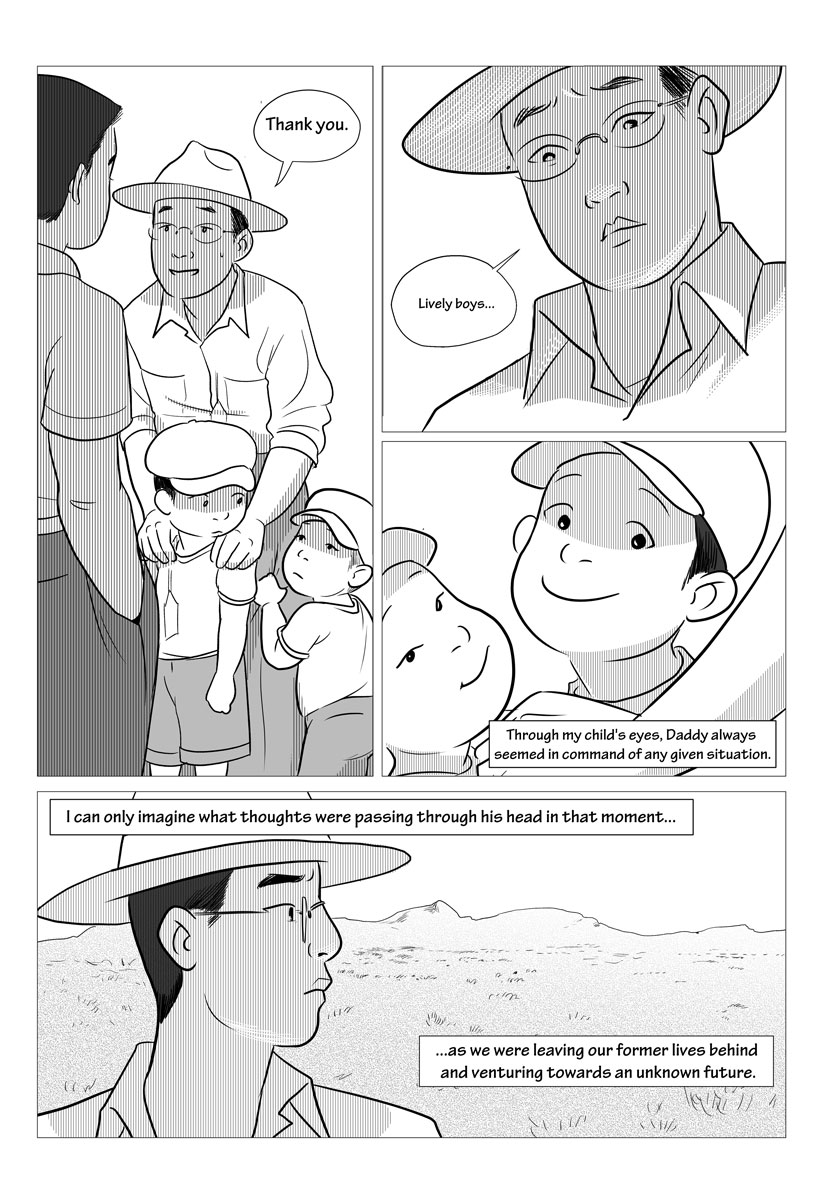
The child's perspective is not one normally shared because, as Takei voices here, children are highly adaptable. Takei's story of life in the camps is an interesting mix of what he experienced as a child who didn't understand and what he learned from talking to his father about it when he was older. School makes sure to teach us about the Holocaust, but it is quite removed from us, whereas this happened to Americans on American soil. This is not surprising on a few fronts, but it is a shame. It's a piece of history I didn't become aware of until I was an adult. Overall, this graphic novel is an extremely important piece of literature that carries a very powerful and underrepresented story from a brilliant and versatile author.I have been meaning to read this since it came out.

This story is portrayed to the reader in multiple ways, and by reading the story by someone who lived it but also seeing parts of it from the perspective of the author, it shows the subtle things that don’t necessarily come across in text alone.

This story is an easy read for young Teenagers and adults alike, with graphics that keep the reader engaged not only with their imagination but also with their eyes. This story not only explains the horrific experience of the Japanese Americans during the war, but also the hardships and prejudice Japanese Americans faced after the war, for many years and even to the present day. With the story mainly centered around George and his family, this story carries an extremely underrepresented point of view of an event that affected so many, including the family and friends of the author. “They Called Us Enemy”, by Japanese American author George Takei is a graphic novel detailing his experiences from the Japanese internment, and the challenges they continue to face after the war was over. Although teenagers in school are being taught about the aftermath of the Pearl Harbor bombing, only a handful of this generation has heard the story from those who lived the experience of a Japanese American during World War II.


The tragedy of the Japanese American Incarceration during the second World War is one that was experienced by thousands, but is a story understood by very few.


 0 kommentar(er)
0 kommentar(er)
